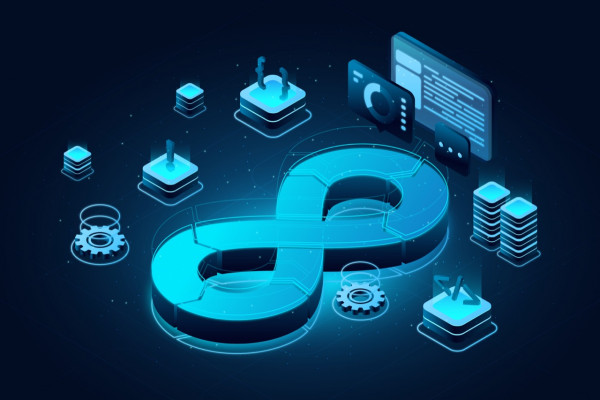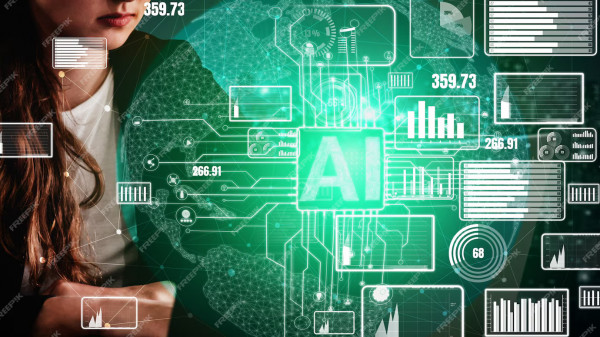Charlotte is a payroll associate at a startup. She ensures that every employee is paid on time and accurately. Besides processing paychecks, she handles payroll taxes, keeps records, and maintains employee accessibility.
The job isn’t easy, and manual payroll operations make it more onerous. As the startup is snowballing, Charlotte has started to feel anxious.
How could she ever keep up?
That’s when the C-suite decided to implement a payroll management system. Now Charlotte can file returns, process paychecks, ensure compliance, etc., efficiently and accurately. What’s more, the enterprise-wide payroll software can easily adjust to the needs of a growing company.
That’s just one example of how enterprise applications can change lives and support business growth. There are many enterprise application services, such as business intelligence (BI), customer relationship management (CRM), supply chain management (SCM), and others, that can make or break a business.
Benefits of enterprise applications
Here is a list of what enterprise applications can do for you:
- It centralizes the siloed information
- It streamlines communication and collaboration
- It minimizes human error
- It supports the scalability of a business
- It improves security
- It saves time and effort
Given the tremendous benefits of enterprise applications, it should come as no surprise that global IT spending on enterprise software will surpass USD 4.2 TN in 2021. And the global enterprise application market is expected to cross USD 500 billion by 2030.
Aside from market size, what does the future of enterprise applications look like?
Future of enterprise applications
You can expect the enterprise IT landscape to further modernize in the near future, thanks to improvements in AI and cloud computing.
The following trends will largely determine where enterprise applications go from here:
Hyper-Personalized Micro-Capabilities
Most organizations will continue to adopt cloud-based enterprise applications. As a result, you can expect the technology architecture to become more standardized across customers.
What will be the differentiating aspect, you ask?
Its implementation. You can expect future enterprise applications to offer hyper-personalized micro-capabilities. These won’t be hardcoded in the form of customizations. Instead, the contextualized micro-capabilities will be implemented through APIs. Furthermore, future enterprise applications will be configured based on the customer’s market context.
More Secure Enterprise Applications
Since enterprise applications serve crucial functions, they constantly attract cyber threats. With technological advancements, you can anticipate more cyberattacks in the future. One can never eliminate a threat, but they can guard themselves against it. And that’s what future enterprise solutions would do. Experts are devising countermeasures to solve security issues with the current systems.
Some existing security problems are:
- Poor incident response system
- Internal frauds
- Neglected patch management
- Unsecure external connections
Enterprise applications will likely have multi-layered security and unique passwords to combat cyberattacks in the near future.
User-Friendly Enterprise Applications
User-friendliness is the hallmark of an enterprise application’s success, as with any web application. Creators of enterprise applications continue to improve the UX. Most companies will likely prefer easy-to-use software solutions to train their employees quickly.
Agile Enterprise Applications
Agility is not a strong suit for many enterprise applications today. But this will change in the future. Most application vendors are prioritizing agile product development. It means that as we advance, real-time user feedback will be integrated with the product innovation cycle.
In other words, it will become possible to customize product capabilities based on user feedback.
AI-Driven Micro-Capabilities
Let’s circle back to micro-capabilities. Did you know that you might not need to opt for a standard, module-based subscription to the enterprise application?
Using artificial intelligence (AI), the enterprise application platforms will offer micro-capabilities based on:
- Business key performance indicators (KPIs)
- Goals or expected outcomes
- Market context
- Industry best practices
Long story short…
Some companies become the frontrunners or the leaders in any industry, while others become followers. The latter spend their time playing catch-up. Why is that?
Because leaders envisage future trends and adapt accordingly—faster than anyone else—there’s no doubt that enterprise applications have a bright future and have already become a multibillion-dollar industry.
Hopping on these trends means that you will rule the future while your competitors try to keep up with you! Check out STL’s future-ready applications here.



